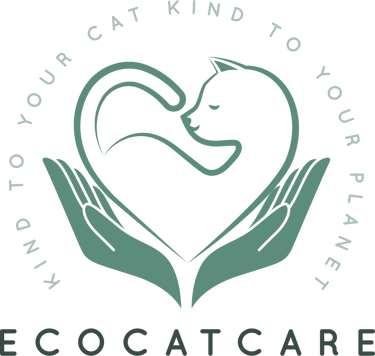The Hidden Toxins in Conventional Cat Litter: Are You Putting Your Cat at Risk?
LITTER BOX CHALLENGES & ECO-SOLUTIONS
As loving cat parents, we want the best for our feline companions, from the food they eat to the toys they play with. But have you ever stopped to consider what might be lurking in their litter box? Conventional cat litters, particularly clay-based ones, can contain hidden toxins that may pose risks to your cat's health and even your own. It's time to uncover these potential dangers and explore safer, eco-friendly alternatives for a truly healthy home environment.
The Dark Side of Clay: Silica Dust and Sodium Bentonite
Many popular cat litters are made from clay, prized for its clumping abilities. However, these benefits come with potential downsides.
Crystalline Silica Dust: Clay litters, especially clumping varieties, often generate fine dust containing crystalline silica. When inhaled, this dust can be a respiratory irritant for both cats and humans. Cats are particularly vulnerable as their faces are close to the litter when digging and burying. Prolonged exposure to silica dust is a known concern and has been linked to respiratory issues. While the levels in cat litter might be lower than in industrial settings, consistent, daily exposure in an enclosed litter box is worth considering.
Sodium Bentonite: This is the clumping agent in many clay litters. When wet, it can swell up to 15 times its original volume. While this makes for easy scooping, if ingested by a cat (for example, when grooming their paws after using the litter box), it could potentially lead to digestive blockages, especially in kittens or cats that tend to eat litter. Though rare, it's a risk that many prefer to avoid.
The Problem with Perfumes: Artificial Fragrances and Chemical Masking Agents
To combat litter box odors, many conventional litters are loaded with artificial fragrances and chemical deodorizers. While they might smell pleasant to us (sometimes!), these synthetic scents can be overwhelming and even irritating to a cat's sensitive nose, which is many times more powerful than ours.
Cats may develop an aversion to heavily perfumed litters, leading to them avoiding the litter box altogether. Furthermore, the chemicals used to create these fragrances can be allergens or irritants, potentially causing skin sensitivities or respiratory issues in sensitive felines. Instead of truly neutralizing odors, these products often just mask them with stronger, potentially problematic chemicals.
Beyond the Box: Environmental Impact of Clay Litter
Clay litters are typically sourced through strip mining, a process that can be destructive to ecosystems and landscapes. Moreover, clay and sodium bentonite are not biodegradable, meaning every scoop you discard ends up in a landfill, contributing to mounting waste. For the eco-conscious cat owner, this environmental footprint is a significant concern.
The Safer, Greener Path: Eco-Friendly Litter Alternatives
Fortunately, there's a growing market of excellent eco-friendly cat litters that address these health and environmental concerns. These alternatives are typically made from sustainable and biodegradable materials, offering a safer experience for your cat and a lighter impact on the planet.
Consider options like:
Pine: Natural pine litters (pellets or crumbles) are highly absorbent, have a natural ability to control odor, and are biodegradable. They are often made from reclaimed lumber industry byproducts.
Corn: Corn-based litters are lightweight, clumping, and biodegradable. They offer good odor control and are a renewable resource.
Wheat: Made from ground wheat, these litters are also clumping, biodegradable, and effective at odor control.
Recycled Paper: Available in pellet or granule form, paper litters are dust-free, highly absorbent, and made from recycled materials.
Grass Seed: A newer option, grass seed litters are lightweight, clumping, and offer excellent odor control. They are biodegradable and soft on paws.
Walnut Shells: Crushed walnut shells provide a clumping litter that is absorbent and effective at neutralizing odors. It's a byproduct of the walnut industry.
Coconut Coir: Made from coconut husks, this litter is lightweight, absorbent, and compostable.
These natural alternatives are generally unscented or have a mild, natural scent that cats find more acceptable. They are also typically much lower in dust, protecting those delicate respiratory systems.
Making the Switch for a Healthier Home
Protecting your cat from hidden toxins in their litter doesn't have to be complicated. By understanding the potential risks associated with conventional clay and scented litters, you can make an informed choice to switch to a safer, eco-friendly alternative. Your cat will thank you for a cleaner, healthier toileting experience, and you'll have peace of mind knowing you're doing better for your furry friend and the planet.
CTA Teaser: Want to dive deeper into the world of non-toxic, sustainable cat litters and find the perfect match for your cat's needs and your eco-values? Learn how to completely detoxify your cat’s toileting routine. Our comprehensive Litter Box Transformation Guide has all the answers!
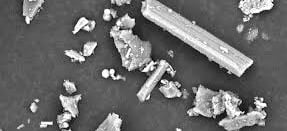

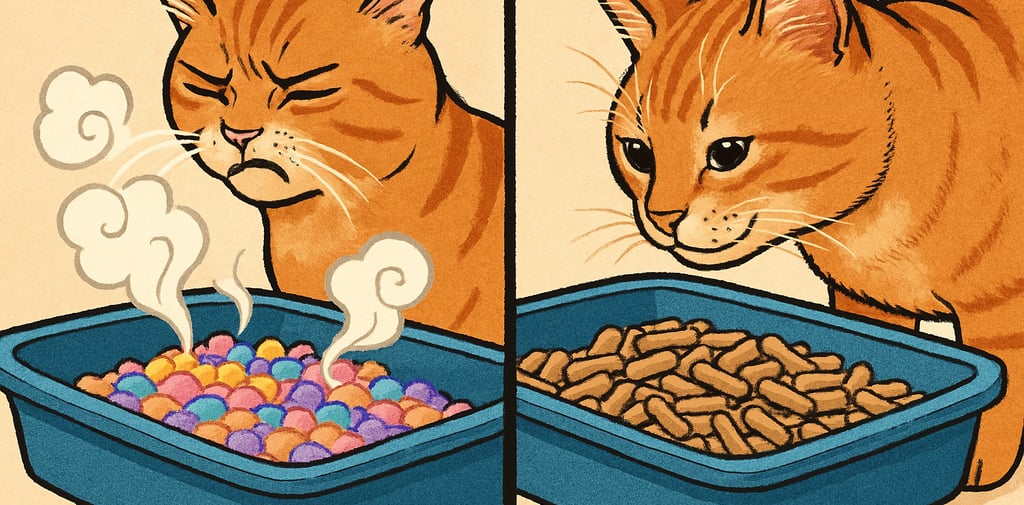

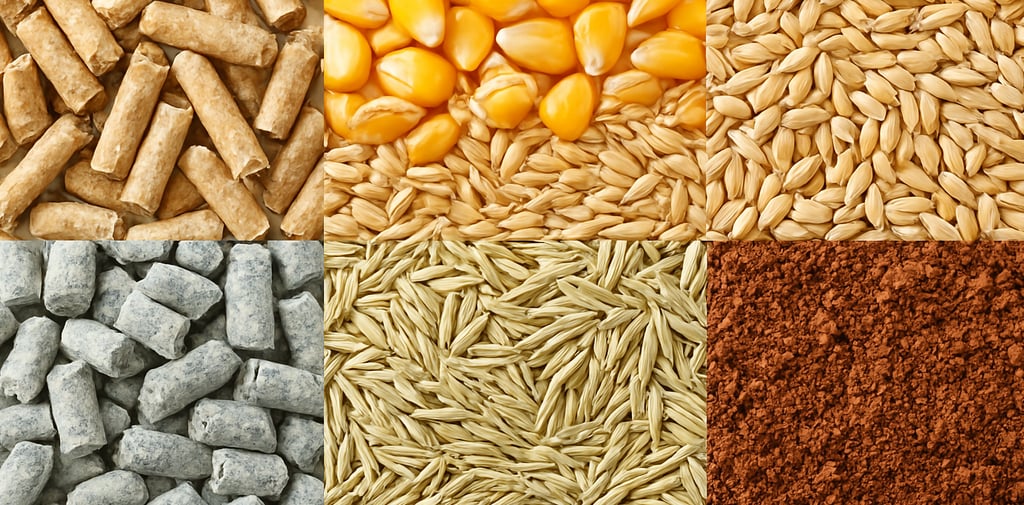

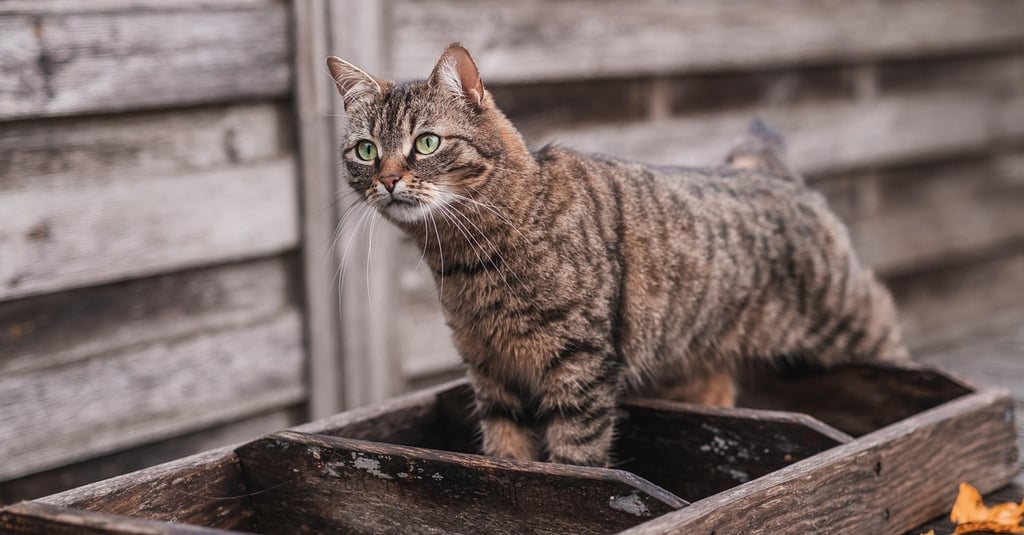

Sustainable Cat Care
At EcoCatCare, we provide resources that help cat parents discover how sustainable choices can create healthier, happier lives for their feline companions while contributing to a healthier planet.
EcoCatCare © 2025. All rights reserved
